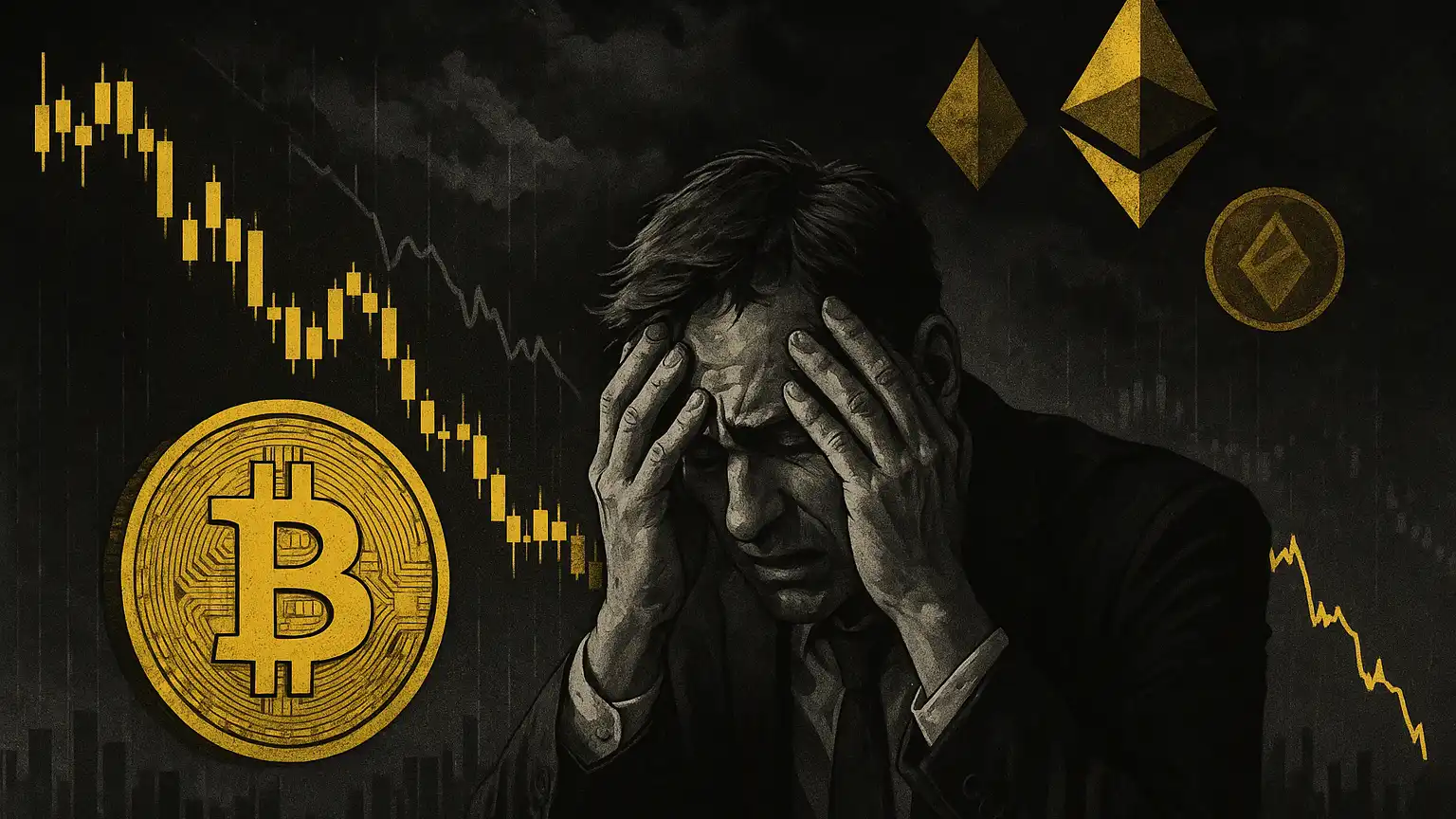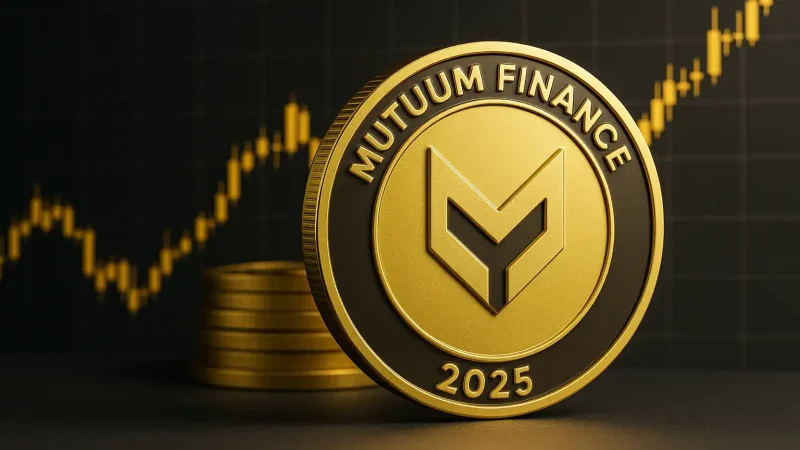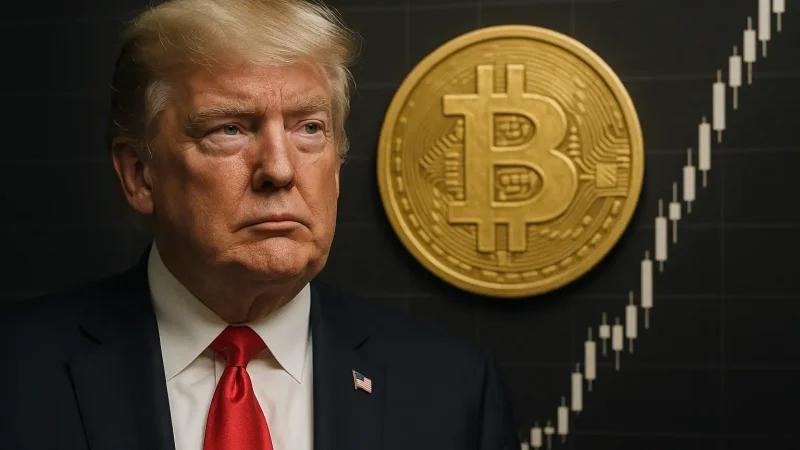This week in crypto has been nothing short of seismic. From Bitcoin’s deepest monthly plunge in years to U.S. regulators pivoting positions, the digital asset space is facing a new reality—one shaped by political power plays, institutional gambits, and flashpoints of fear. A single poisoned transaction brought Cardano to its knees, while ETF launches challenge investor nerves in a bear market. Amid it all, the community braces, debates—and waits. Here’s what unfolded, and why it matters now more than ever.
Bitcoin’s Worst Month Since 2022 and the Fear Index Collapse
The crypto fear and greed index crashed to a chilling 11 this week, illustrating the deepest pocket of panic seen in years. Bitcoin slumped below $82,000 in what now marks the sharpest monthly decline since 2022. Altcoins and equities weren’t spared—MicroStrategy shares plummeted nearly 60% from their March highs, while crypto mining firms like BitMine shed over half their value amid scramble-selling and rapidly retreating risk-on appetite.
The sentiment freefall isn’t confined to speculators. Liquidity has thinned drastically across order books, widening slippage and pushing traders toward stablecoins and the sidelines. Leverage is unwinding across majors, accelerating volatility. The combination of macro pressure—including rising yields and global risk-off mood—and retail fatigue has created a market prone to whipsaws and sudden reversals.
ETF Approval in a Storm: Will Altcoins Ride the Institutional Wave?
Grayscale scored a rare double as the SEC approved its Dogecoin and XRP ETFs—both launching November 24 on the NYSE. While these listings are historic, coming amid extreme market fear presents a nuanced challenge: will institutions take the bait in a downtrend? Bloomberg analyst Eric Balchunas noted the dual approval signals openness to altcoin strategies, but the ultimate impact lies in uptake.
With Grayscale leading the ETF frontier and Solana rumored next, asset managers appear locked in a game of high-risk chess—trying to front-run regulatory favor while crypto volumes plunge. A successful ETF launch here could reset sentiment; a weak one may deepen the malaise already spreading across the altcoin sphere.
A New Regulatory Paradigm Emerging in Washington
In a surprise move emblematic of shifting U.S. policy, crypto is no longer listed among the SEC’s 2026 examination priorities. New Chair Paul Atkins outlined a vision centered on cooperative oversight—departing sharply from Gary Gensler’s punitive posture. Meanwhile, Mike Selig, former SEC crypto policy architect and current nominee for CFTC Chair, advanced through Senate vetting backed by bipartisan support.
These moves signal a broader pivot in Washington. Rep. Warren Davidson’s proposed “Bitcoin for America Act” could allow federal taxes to be paid in Bitcoin—sans capital gains burdens—and would channel proceeds into a Strategic Bitcoin Reserve. If passed, it would legitimize Bitcoin as monetary infrastructure in ways the crypto community has long advocated.
Crypto’s Political Crosscurrents
At the same time, crypto policy is crossing complex partisan and national security lines. Over 65 firms—including Uniswap Labs, Pantera, and the Solana Policy Institute—have called on President Trump to protect U.S. innovation, citing global competition and regulatory drift. But not all political energy leans favorable. Senators Elizabeth Warren and Jack Reed are pushing for investigations into Trump-linked World Liberty Financial following reports of $WLFI token sales to entities tied to Russia and North Korea.
Cardano’s Chain Split and the Fragility of Protocol-Level Trust
A poisoned transaction this week split Cardano’s blockchain into competing versions, proving even mature protocols remain vulnerable to edge-case exploits. While no funds were lost and validators rapidly patched the issue, ADA’s sharp 6% correction and halted exchange operations reminded the market that decentralization doesn’t always equate to stability.
Charles Hoskinson deemed the incident an intentional attack. Whether that proves true or not, the takeaway is that investor confidence increasingly hinges not only on price charts but on the perceived resilience—and communicative competence—of protocol teams during crisis response.
Whale Movements and Strategic Redirection: The Kiyosaki Pivot
“Rich Dad Poor Dad” author Robert Kiyosaki made headlines after revealing he liquidated $2.25 million in Bitcoin and rolled the earnings into non-crypto income streams, including healthcare and physical advertising. The move—paradoxical for a noted crypto bull—illustrates a growing theme: capital preservation and cash flow over long-term speculation.
Still, Kiyosaki has not abandoned crypto ideology. He reiterated his $250,000 BTC price target and remains a vocal critic of fiat monetary systems. But his diversification underscores a truth many entangled in crypto maximalism avoid: even heavyweight holders are repositioning defensively.
MicroStrategy Under Threat as Institutional Criteria Tighten
JPMorgan is warning MicroStrategy may soon be dropped from major indices like MSCI USA due to its disproportionately large BTC holdings. Such a move could unleash billions in forced index offloads—setting a dangerous precedent for any public firm doubling down on crypto balance sheet strategies. CEO Michael Saylor remains unapologetic, tweeting: “Index classification doesn’t define us.”
Yet, the implications are clear: the intersection of digital assets and traditional capital markets is less harmonious than headlines suggest. Regulation may soften, but institutional inertia could prove equally resistant to Bitcoin-heavy corporations taking center stage.
Where the Market Stands: Relentless Volatility and a Fragile December
As the week closes, crypto teeters on uncertainty. High bond yields, Japan’s bond shock, and thinning liquidity paint a bearish macro backdrop. Privacy token rallies—led by Zcash—suggest rising interest in censorship-resistant finance, as SEC tension mounts around mainstream surveillance.
Meanwhile, traders await the December 15 SEC roundtable on crypto privacy, which could act as a bellwether for where the battle between user autonomy and state oversight heads next. Volatility remains the constant, sentiment remains cautious, but so too does the potential for upside should key support levels hold into the new year.





